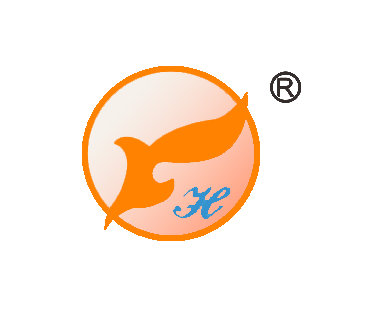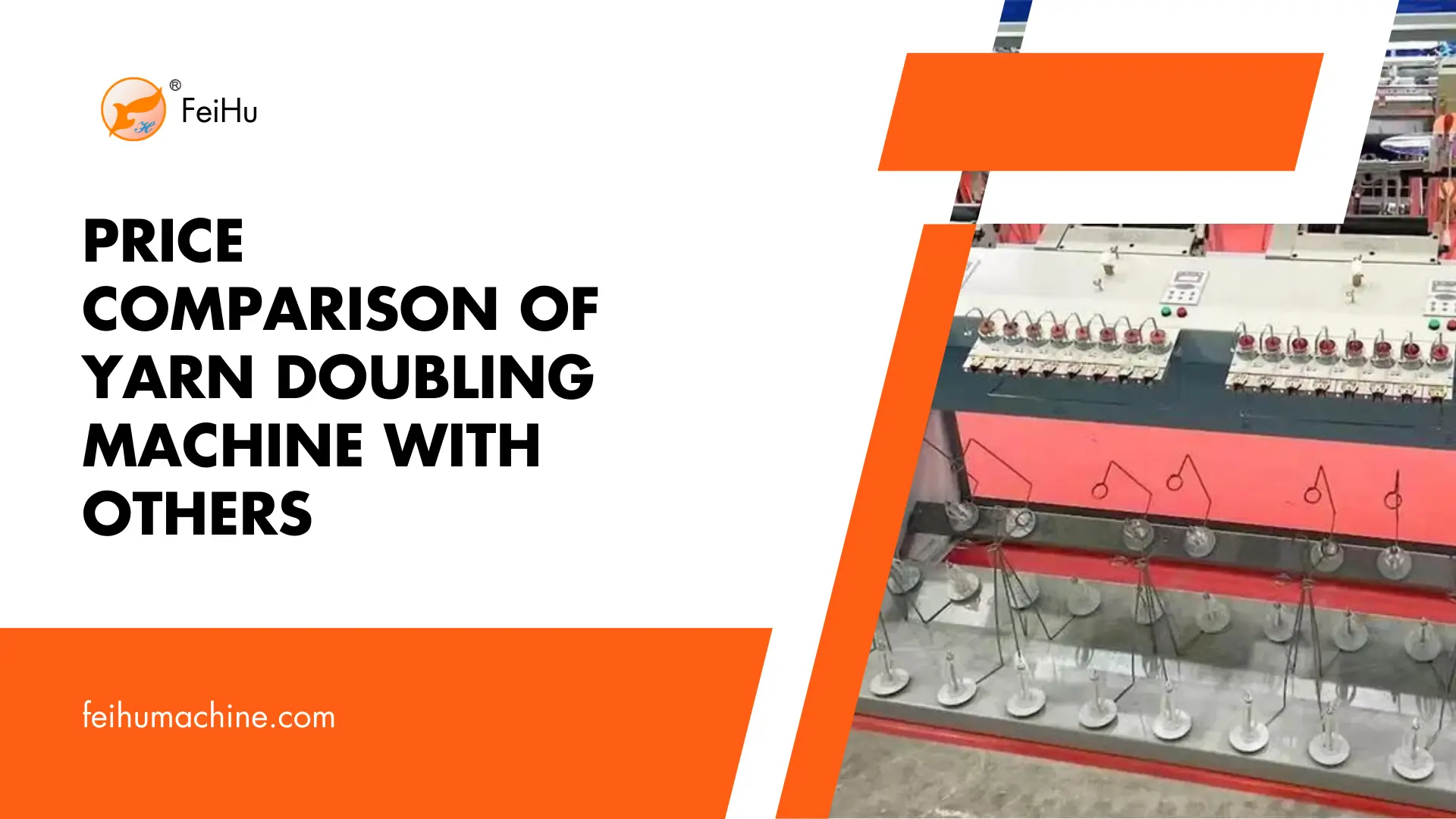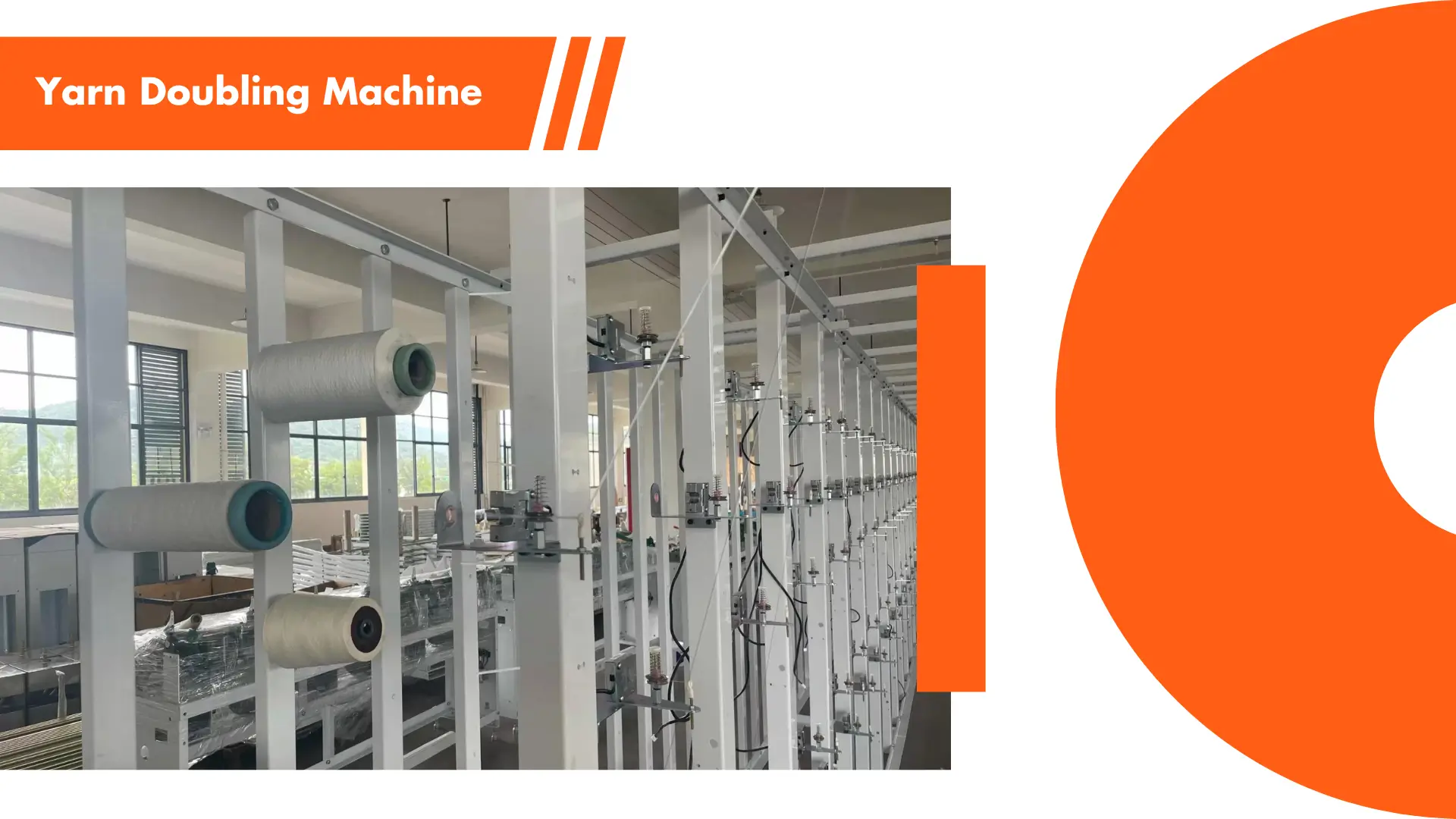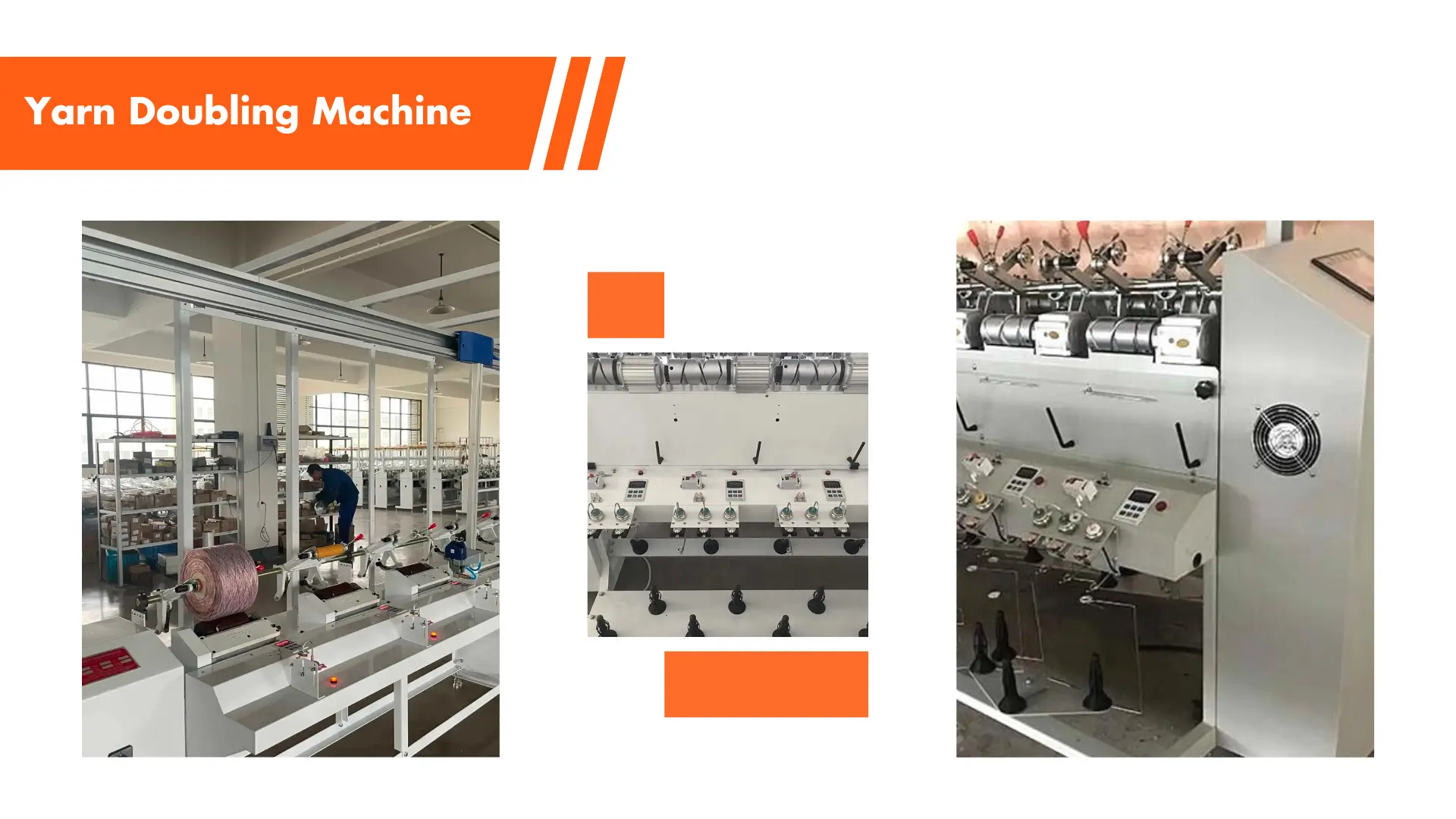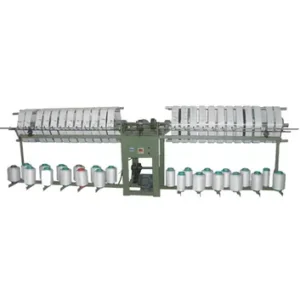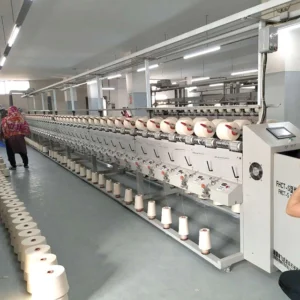Overview of Competing Machines
Yarn doubling machines are crucial in the textile industry to ascertain that yarn gains improvement on strength and quality. Other machines include spinning machines, winding machines, and texturing machines; these all have their roles in the production of yarn. What these machines have done for the production process will be discussed below.
Spinning Machine
This is mainly a fiber-to-yarn converting machine that emphasizes efficiency and speed during production. They are essential in the making of raw yarn.
Winding Machines
The purpose of these machines is to wind yarn onto spools or cones to ensure neat and handleable yarn packages, which are the very basics of further processing.
Texturing Machines
These machines were invented for providing texture to yarn because aesthetically and functionally, textured yarn has much more scope. Textured yarns find broad applications in fashion and home textile products.
Price Analysis of Yarn Doubling Machines
Recent Pricing Trends in the Current Market
Yarn doubling machines have varied price ranges in capacity and technology levels. The market has moved towards automation, hence pricing of machines reflects this trend.
Price Factors of Yarn Doubling Machine
Machine specification, brand fame, and technological advances determine prices. Machines with higher levels of automation are priced more expensively.
Historical Changes in Prices
Prices of Yarn doubling machines have changed historically due to variation of demand, technological change and changes in the textile machine landscape.
Price Comparison with Spinning Machines
Similarities and Differences Between Yarn Doubling and Spinning Machines
Both machines are crucial in the line of yarn production, but for different stages. While the yarn doubling machines work a lot on betterment of already produced yarn, the spinning machines create the yarn for the first time.
Cost Estimate and Market Standing
The yarn doubling machines are costlier than the primary spinning machines due to their special functions which add extra value to the yarn quality.
Places Where One Would Be Better Than The Other
Applications which require high-quality yarn with improved strength prefer the use of yarn doubling machines. The production of bulk yarn from raw fibers involves the use of spinning machines.
Price Comparison with Winding Machines
Properties and Applications of Winding Machines
Winding machines are designed to enable efficient packaging of yarn by maintaining proper tension and alignment, which are critical during subsequent processing.
Cost Analysis of Yarn Doubling Versus Winding Machines
Naturally, this makes the price for yarn doubling machines higher when compared with a mere winding machine, as their respective complex functionalities and added value to yarn quality must be taken into consideration.
Conditions Under Which Yarn Doubling Machines May be a Better Option
If the strength and quality of the yarn are of primary significance, a yarn doubling machine can produce better products in which case a higher price would be justified accordingly.
Read More:
- Factors to Consider When Choosing a Yarn Doubling Machine
- Discounts on Large Quantities of Yarn Doubling Machines
- Bulk Yarn Doubling Machine Imports from China
Price Comparison with Texturing Machines
Main Characteristics of Texturing Machines
Texturing machines alter yarn into several textures, improving both performance and appeal. They are indispensable in both fashion and special-textile applications.
Comparative Cost Analysis
Texturing machines have a rather broad price range, since most of these machines involve different technologies. The prices for yarn doubling machines tend to be higher because their functions are really specialized.
Use Cases Where the Strong Points of Each Machine Are Illustrated
Wherever special yarn textures are required, there is a dire need for texturing machines, but for applications where one needs high strength, yarn doubling machines do have some definite advantages.
Factors Affecting Machine Pricing
Cost of Raw Materials
When raw material price increases used to manufacture machines, the pricing directly relates. This means that the higher the quality of components used, the higher the cost of the machine.
Manufacturing Process and Technology Used
With enhancements in technology, often efficiency rises, and sometimes costs drop. Either way, it may have a large influence on the pricing of the machine.
Supply Chain Dynamics and Market Demand
Fluctuations in the global supply chain and the erratic demands of textile machinery contribute to the variation in prices within the market.
Implications for Industry Stakeholders
Considerations for Manufacturers and Suppliers
Manufacturers will need to weigh the cost-benefit ratio associated with investing in yarn doubling machines as opposed to alternative solutions based on the demand of their production processes.
Impact on Product Development and Innovation
Product quality and innovation would thus be affected by the choice of machinery. The more invested in specialized machines, the better perhaps the products and their competitive advantage.
Cost Analysis for Strategic Decision-Making
The stakeholders should run a detailed cost analysis to find the most optimal machinery investments-which, more or less, would be appropriate according to market trends and production goals.
Conclusion
While yarn doubling machines provide considerable advantages both in yarn quality and strength, their justified cost may not be appropriate considering various needs of the textile production process. Knowing the cost and functions of competitive machines allows industry players to make informed decisions that optimize their production capabilities and product offerings.
